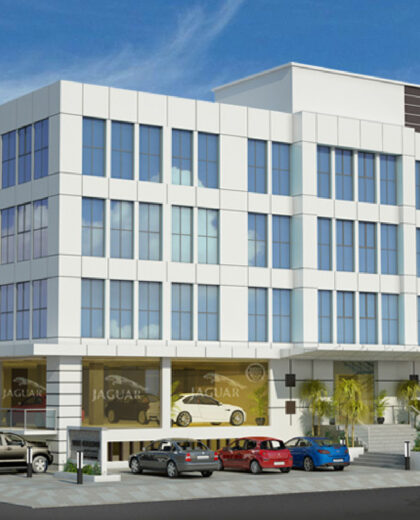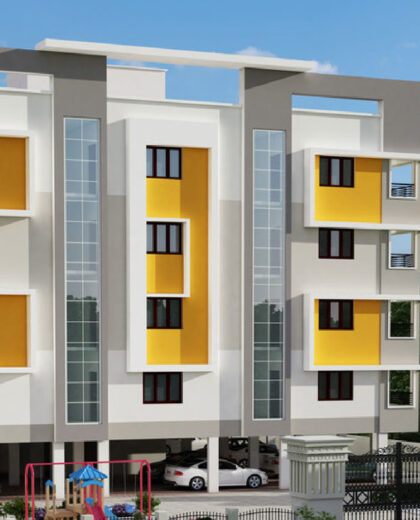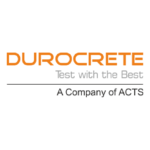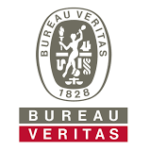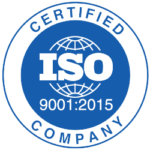How we help builders?
Save 70% Plastering Time
Save 20% Plastering Cost
Reduce 35% plastering Weight
Save 30 lit water per Sq.ft
Hassle free outsourcing
End to End Plastering Solution
Quality Guarantee
Go Green
Estimated Savings of Rs. 7+ Lakhs for a 10,000 Sq.ft building
Plus save 300000 lit of water, 3/4th plastering time & stronger than cement.




